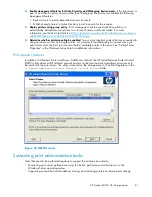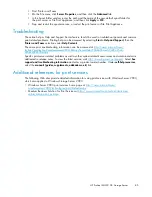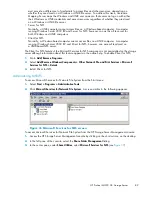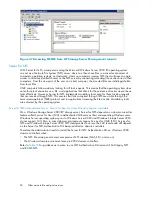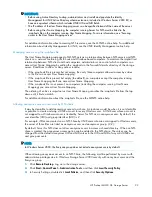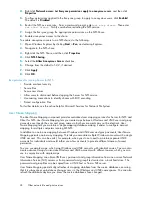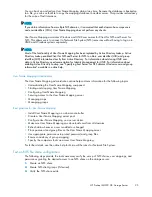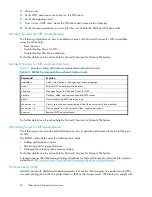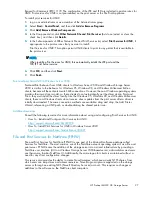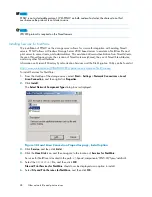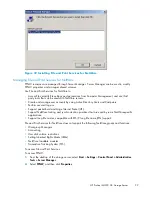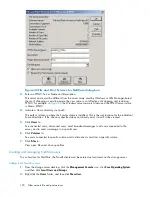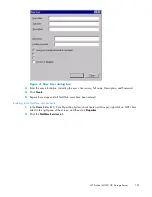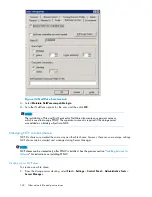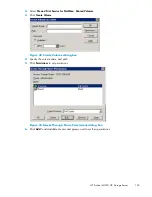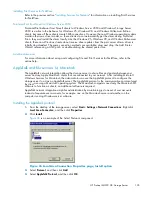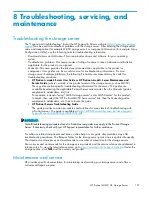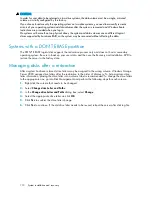
You can back up and restore User Name Mapping data at any time. Because the database is backed up
to a
fi
le, you can use that
fi
le to copy the mapping database to another server. This provides redundancy
for the sake of fault tolerance.
NOTE:
If you obtain information from multiple NIS domains, it is assumed that each domain has unique users
and user identi
fi
ers (UIDs). User Name Mapping does not perform any checks.
User Name Mapping associates Windows and UNIX user names for Client for NFS and Server for
NFS. This allows users to connect to Network File System (NFS) resources without having to log on to
UNIX and Windows systems separately.
NOTE:
Most of the functionality of User Name Mapping has been replaced by Active Directory Lookup. Active
Directory Lookup enables Client for NFS and Server for NFS to obtain user identi
fi
er (UID) and group
identi
fi
er (GID) information directly from Active Directory. For information about storing UNIX user
data in Active Directory, see documentation for Identity Management for UNIX. For information about
enabling Active Directory Lookup, see “Specifying how Server for NFS obtains Windows user and group
information” available in online help.
User Name Mapping Administration
The User Name Mapping administration online help contains information for the following topics:
•
Understanding the User Name Mapping component
•
Starting and stopping User Name Mapping
•
Con
fi
guring User Name Mapping
•
Securing access to the User Name Mapping server
•
Managing maps
•
Managing groups
Best practices for User Name Mapping
•
Install User Name Mapping on a domain controller.
•
Create a User Name Mapping server pool.
•
Con
fi
gure User Name Mapping on a server cluster.
•
Make sure User Name Mapping can download users from all domains.
•
Refresh data whenever a user is added or changed.
•
Place password and group
fi
les on the User Name Mapping server.
•
Use appropriate permissions to protect password and group
fi
les.
•
Ensure consistency of group mapping.
•
Specify the computers that can access User Name Mapping.
For further details, see the online help for Microsoft Services for Network File System.
Test an NFS
fi
le share con
fi
guration
The following steps provide the tasks necessary verify the set up of NFS shares, user mappings, and
permissions granting the desired access to an NFS share on the storage server.
1.
Create an NFS share.
2.
Create NFS client groups (if desired).
3.
Verify the NFS share exists.
HP ProLiant ML350 G5 Storage Server
95
Содержание ProLiant ML350 G5
Страница 10: ...10 ...
Страница 22: ...22 The HP storage server solution ...
Страница 86: ...86 Print services ...
Страница 118: ...118 Network adapter teaming ...
Страница 130: ...130 Regulatory compliance and safety ...

